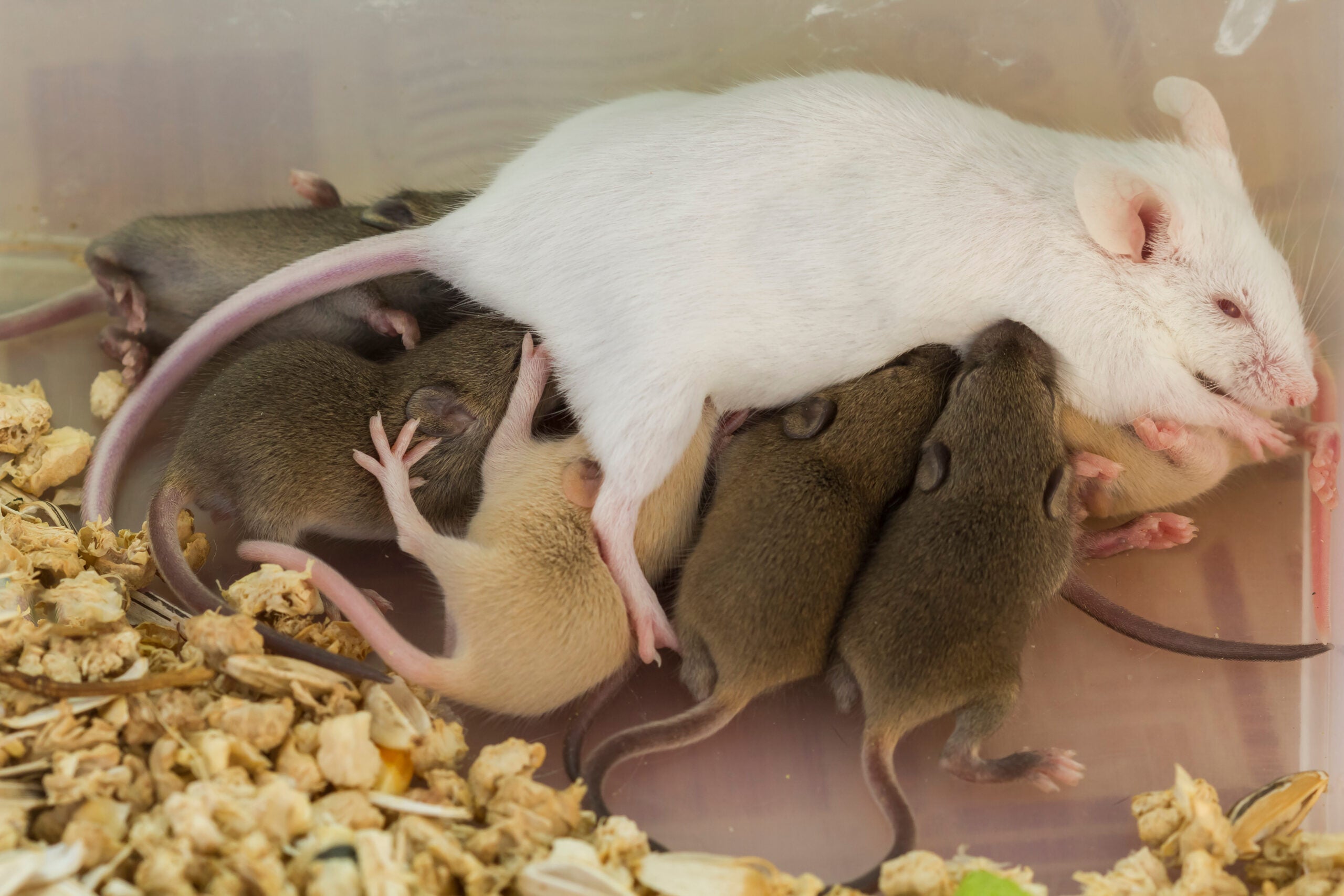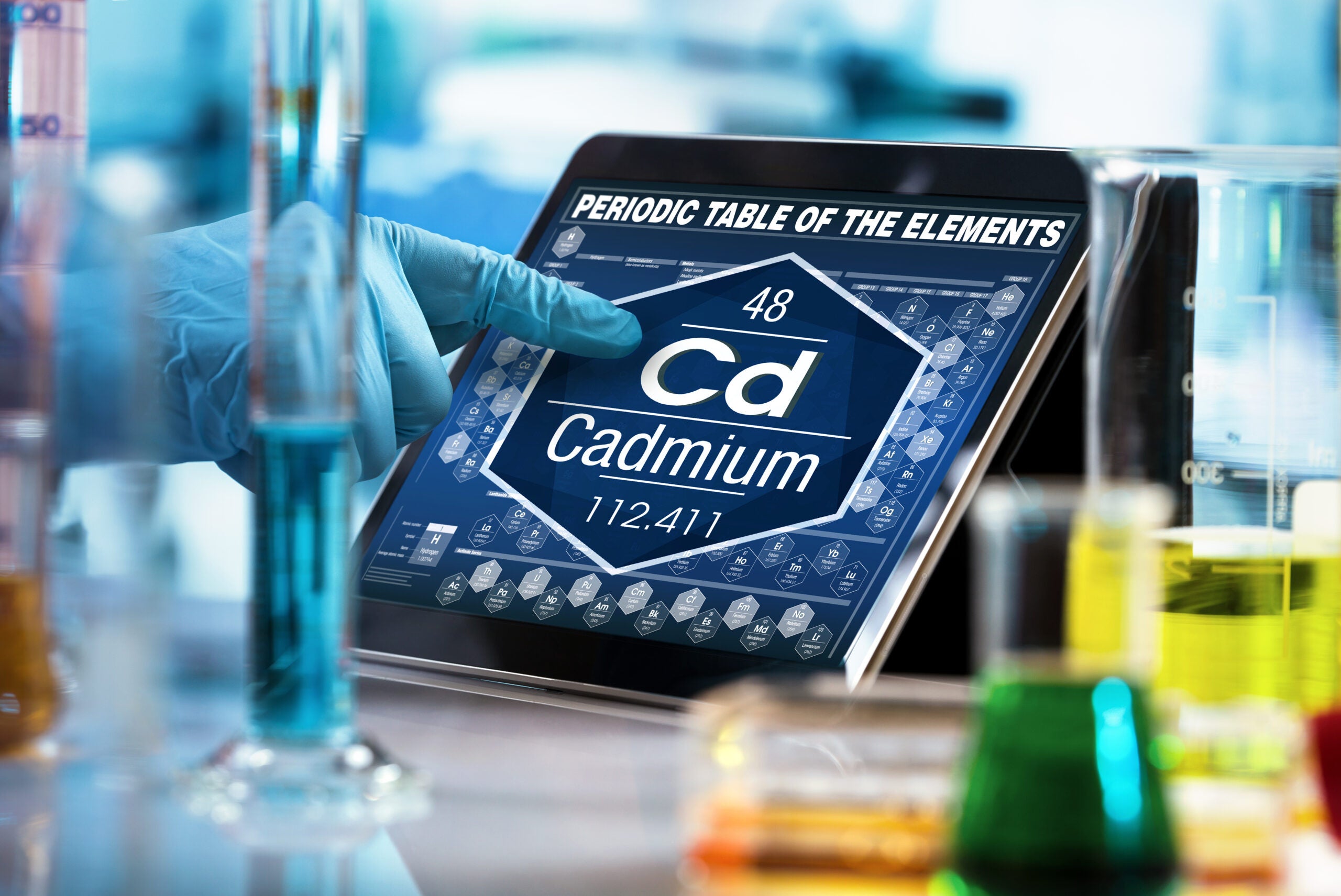Hurry up and wait: Not much new revealed by EPA’s initial round of dispersant toxicity testing
Richard Denison, Ph.D., is a Senior Scientist.
EPA held a press call today to discuss the initial results of its own testing of oil spill dispersants. The testing by EPA was initiated after BP resisted complying with an EPA-Coast Guard Directive issued May 20 that directed the company to identify and switch to dispersants that are less toxic and more effective than the two Corexit® dispersants on which BP has exclusively relied to mitigate the effects of the oil disaster unfolding at Deepwater Horizon. In expressing disappointment with BP’s response to the Directive, EPA indicated it would initiate its own toxicity and effectiveness testing of Corexit and other dispersants. Today’s call reported on round 1 of that testing.
First let me say I applaud EPA for taking on the unglamorous task of conducting further testing and seeking to answer questions that would have been nice to have had answers to well before this mess developed. Second, I understand that testing takes time, that this is only round one and EPA says more is coming, so that at least partially compensates for the distinctly anticlimactic feeling I had listening in on today’s call.
So, what did we learn today? Not too much new.
The initial round of testing was conducted on Corexit 9500 and seven other dispersants listed on the National Contingency Plan (NCP) Product Schedule. Here are my initial takeaways:
- The testing was done on the dispersants by themselves – not in combination with oil. I posted earlier that acute toxicity increased as one progressed from dispersant by itself, to oil by itself, to the mixture of oil and dispersant. We’ll have to wait longer for EPA to release data that will shed further light on whether that conclusion holds or not.
- What is most remarkable about the data EPA released today is how similar they are to the industry-supplied data on the dispersants by themselves that were previously made available on EPA’s website. With only a few exceptions, the new toxicity values changed by a factor of 2 or 3.
- The exceptions that involved slightly larger changes are:
- JD-2000 appears to be 9-fold less acutely toxic to shrimp and at least 14-fold less toxic to fish than indicated by the previous data.
- Sea Brat #4 is about 5-fold less toxic to shrimp.
- Corexit 9500 is about 5-fold less toxic to fish, while Corexit 9500’s toxicity to shrimp is essentially unchanged.
- The before-and-after toxicity levels changed on average by a factor of 2.8 for shrimp and a factor of 3.1 for shrimp. Excluding JD-2000, the changes averaged only 2.0 for shrimp and 1.6 for fish.
On this point, EPA’s data report concludes: “Given the expected range of inter-laboratory variability, the results of the present study were consistent with test results reported in the NCP Product Schedule, with the exception of two dispersants for each test species which yielded higher LC50s (i.e., lower toxicity) than reported in the NCP.”
The new data for Corexit 9500 by itself leave unchanged its classification by EPA as “slightly toxic” to shrimp, and downgrade its classification from “slightly toxic” to “practically non-toxic” to fish.
No new testing was done on Corexit 9527, which was used initially in the response to the spill.
So, for the most part the new data largely confirm the previous data, while suggesting that one dispersant (JD-2000) is a fair bit less acutely toxic to fish and shrimp than its manufacturer’s data indicated, and that Corexit 9500 is a bit less acutely toxic to fish, and about as toxic to shrimp as indicated by the earlier data.
All of the bigger questions remain, of course, including:
- Does dispersant use increase the acute toxicity of the oil? EPA describes its next round of testing as aimed at answering this question.
- What about sublethal and longer-term effects?
- What is the ultimate fate and impact of dispersed vs. undispersed oil?













2 Comments
I make the world’s best bioremediation products. BP has actually been buying 50 to 70 thousand gallons per year at one refinery alone for 15 years maybe of Petro Clean! They know it works! Sea Brat is our dispersant for ocean spills. It also has oil eating microbes within but EPA red tape keeps us from advertising this. The current dispersant is Corexit made by Nalco. There are several versions. Corexit 1,2,3, basically. These are typically kerosene, naphtha (cigarette lighter fluid) and some anti freeze ingredients. The oil industry uses this product line because they make the raw materials for it. It is basiically their waste products. Exxon makes these and supplies the raw chemicals to Nalco for making Corexit. BP and other oil industry only uses these products for obvious reasons.
But BP has been using my stuff Petro Clean and Sea Brat for years when they get in trouble to actually clean up waste. Because my bioremediation products work. Like no other. We started this type of product using oil eating microbes mixed in special chemical formulas which are like soap and water.
So BP approved and re tested Sea Brat… then Unified Command which is the Gulf spill response group in charge and this group is mostly BP, Exxon, Shell and a few Coast Guard, EPA, NOAA people stopped the use. Right after BP ordered 110,000 gallons at $23.50 per gallon! Then Nalco, the company that makes Corexit tried to steral the formula for Sea Brat and re-submitted this to EPA. So Corexit tried to copy our formula after the EPA (Unified Command) ordered us to give up the formula then Nalco sent this to EPA because their copy cat version was safer.
Of course we did not give Nalco our correct formula. We did not mention microbes within or give them exact information. But they received an EPA updated product within days on May 2 2010 they were approved for use. But BP/ Nalco kept using Corexit 9500 which is basically kerosene or other toxic hydrocarbons (from oil) to poison the Gulf. Then EPA ordered BP to use Sea Brat (a effective and less toxic product) and BP said we had an endocrine disrupter within. This was based upon an outdated 0.73% nonphenole ingredient that microbes would eat and… we removed it anyway. So they held us up while they continued to dump toxic Corexit!
EPA test results today show that we have no endocrine disruptors or other issues. But Corexit/ BP continues to spam the internet with misinformation that Sea Brat is a toxic!
So they (BP, Nalco, Corexit) continue to dump the hazardous dispersant in the Gulf while they hold our products up in testing and Corexit submits false information from copy cat formulas for safer test results while they continue to dump toxics. Those on the coast who want to use Petro Clean are tied up because ultimately BP and the US government people they influence will not pay for ANY bioremediation or other safer chemicals to be used! Only various Corexit formulas.
I am going on a pirate cleaning trip to video tape and show our products being used and prove that Petro Clean is like (special) soap and water cleaning only with oil eating microbes within and lab tests before during and after and I am having Andy Radford of the Edge AM TV in UK mini documentary this soon.
BP, Nalco, are all owned or influence by Goldman Sachs and Blackstone Group and they have an agenda to effect the oil industry and offshore drilling in America. As well as other issues. They (BP, Exxon, Shell, Nalco) masquerade under the “Unified Command” as a government entity while controlling the situation, stealing formulas, and spending money on media spins or PR. The documents are there to verify this!
So May 2 Nalco comes up with a safer alternative to submit to EPA then May 4 this year they (BP) orders $2.5 million in Sea Brat then decides they want to keep it in permanent storage and not use it because BP is concerned for the environment? BP only picked up the Sea Brat after a month or so because CNN was filming it live so they paid us and took it to storage then held us up in testing. They plan to turn the Gulf into a large kerosene lamp and light it up! TIME magazine this month on page 57 approx explains that they plan on burning the oil within the wetlands. By the ay that is how they burn offshore… they pour Corexit into the spill as an accelerator to ignite it. So they are way out of line and pulling every big oil political marketing string they have to? Light up and pollute the coast of US. I’m in this for way more than business or money. This is where we are now.
Johnny
I am still in shock that our own Government, that Obama, that Admiral Allen ect., has left BP in charge of anything at all. BP has proven without fail, consistently, repeatedly that they are incompetent, money grubbing fools. I wouldn't let them wash my car, much less run a company responsible for something as important as this gulf clean up, or stopping this well. The Leadership and pertinent managmenet should be held as flight risks, the assets seized, and the American Government should have accepted help from countries like the Netherlands to build sand dykes and use their tankers from day one {without 12 hours of the spill} and billed it all to BP. As it is I would like to see BP and pertinent management without safety gear on chain gangs on that beach doing clean up since they choose to expose OUR citizens to this Caustic Carcinogenic Cocktail. Its been well documented that BP has been trying to coverup the magnitude of dead and dying wildlife, after all, EPA calculations regarding that help determine monetary damages.